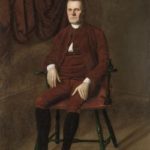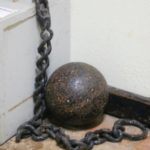This short video highlights the four plans discussed during the first two weeks of the Convention: Madison’s Virginia Plan; Sherman’s New Jersey Plan; Hamilton’s “monarchical” plan; and, finally, Madison’s amended Virginia Plan. Each plan attempted to reconcile the potential conflicts between a strong national government and strong state governments. Professor Gordon Lloyd notes that an inability to compromise resulted in a stalemate after the first two weeks.
Making the Constitution (CKHG Unit)
Students who listen to this Grade 2 Core Knowledge History and Geography unit discover that Americans had a difficult task at hand after winning the Revolutionary War: they had to figure out a better way to govern themselves. Such leaders as James Madison, George Washington, Alexander Hamilton, and Benjamin Franklin traveled to Philadelphia to meet at the Constitutional Convention, with the goal of creating a new government. Students learn that the talks were held in secret in Independence Hall and that American leaders argued about many issues until they agreed to approve a new Constitution. They then hear that James Madison (whom we call the Father of the Constitution), along with John Jay and Alexander Hamilton, wrote the Federalist Papers to explain the document’s merits and to persuade the states to vote for it. Students find out that the states did finally approve the Constitution; that Madison wrote a Bill of Rights that was added to it; that the Constitution gives the American people the right to decide what the laws should be for our country; and that we can still amend it today.(5 lessons)
Fame and the Founders
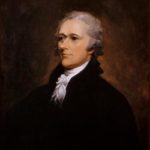
This short video explores the Founders’ understanding of fame. As understood by men like Alexander Hamilton, the pursuit of fame in the 18th century meant the desire to live an honorable life of public service. Professional Daniel Dreisbach presents a clear contrast between the 18th and 21st century’s notion of fame.
The Constitutional Convention: Four Founding Fathers You May Never Have Met

Introduce your students to four key, but relatively unknown, contributors to the U.S. Constitution — Oliver Ellsworth, Alexander Hamilton, William Paterson, and Edmund Randolph. Learn through their words and the words of others how the Founding Fathers created “a model of cooperative statesmanship and the art of compromise.”
Early Presidents (CKHG Unit)
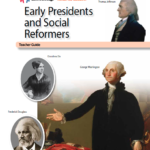
This unit (first half of Early Presidents and Social Reformers) focuses on the first seven presidents of the United States. Across 9 lessons, students learn about how the early presidents organized the federal government, built a national capital, directed a second war with Great Britain, more than doubled the size of the country, and formulated a “hands-off” foreign policy in the Western Hemisphere.
The Constitution in Action – Political Parties and Presidential Electors: The Election of 1800
History is the chronicle of choices made by actors/agents/protagonists in specific contexts. This simulation places students in the Early Republic and asks them to engage in the politics of those times. Acting as either Federalists or Republicans, they will be asked to develop strategies for electing their party’s standard bearer as president, using the Constitution’s complex system of presidential electors to their advantage.
Slavery and the American Founding: The “Inconsistency Not to Be Excused”
The Constitutional Convention: Lesson 1: The Road to the Constitutional Convention

In February of 1787, Congress authorized a convention, to be held in Philadelphia in May of that year, for the purpose of recommending changes to the Articles of Confederation. In what has come to be known as the Constitutional Convention of 1787, all of the states—with the exception of Rhode Island—sent delegates to debate how to amend the Articles of Confederation in order to alleviate several problems experienced by the United States after the War for Independence.
This lesson focuses on the problems under the Articles of Confederation between 1783 and 1786 leading to the 1787 Convention. Through examination of primary sources, students will see why some prominent American founders, more than others, believed that the United States faced a serious crisis, and that drastic changes, rather than minor amendments, to the Articles were necessary.
The Constitutional Convention: Lesson 3: Creating the Office of the Presidency

This lesson focuses on the arguments over the various characteristics and powers of the office of president as debated at Constitutional Convention of 1787. By examining the views of delegates as recorded in James Madison’s Notes of Debates in the Federal Convention of 1787, students will understand the arguments of those who supported either a strong, independent executive, or a very limited and highly controlled executive. Students will also see why, in the end, the delegates compromised.
Lesson 2: The Federalist Defense of Diversity and “Extending the Sphere”
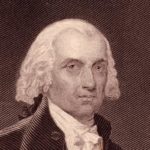
This lesson involves a detailed analysis of Alexander Hamilton’s and James Madison’s arguments in favor of the extended republic in The Federalist Nos. 9, 10 and 51. Students consider and understand in greater depth the problem of faction in a free republic and the difficulty of establishing a government that has enough power to fulfill its responsibilities, but which will not abuse that power and infringe on liberties of citizens.
